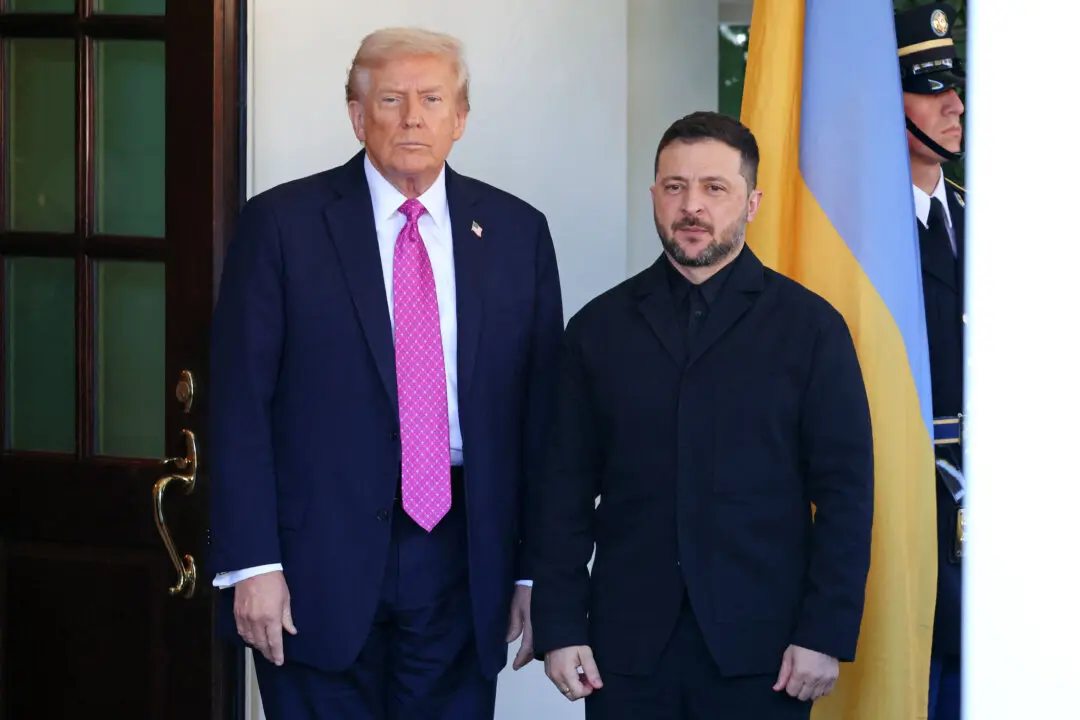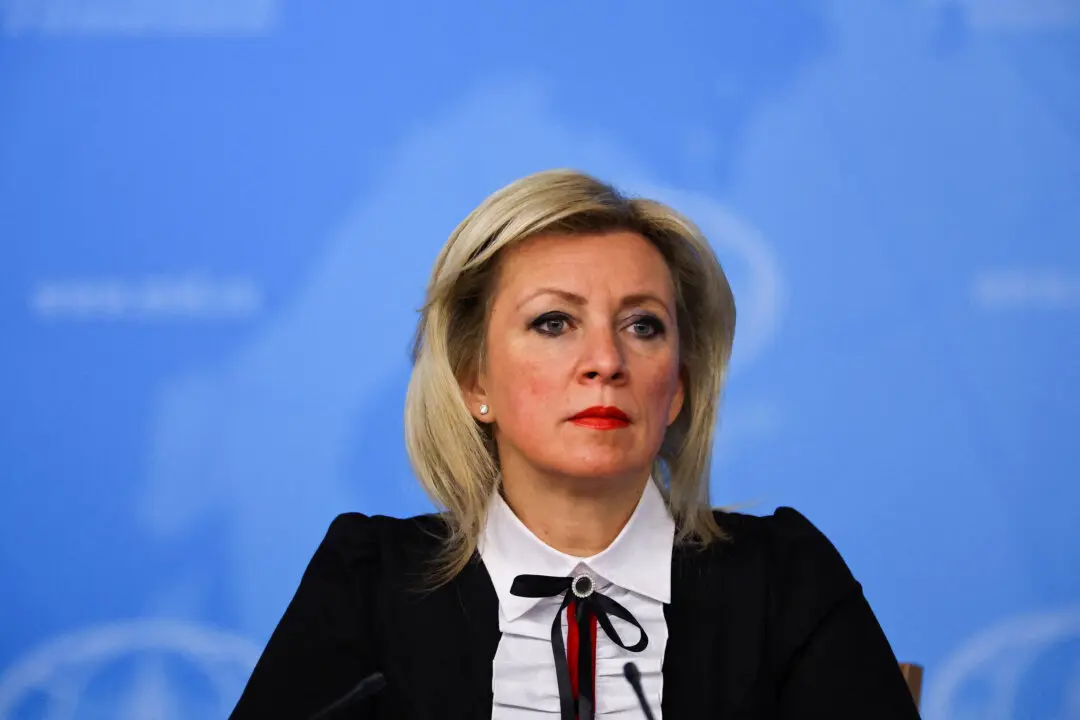The North Atlantic Treaty Organization (NATO) scrambled its fighter jets over 400 times in Europe in 2020, chiefly to intercept approaching Russian military planes, the defense alliance said Dec. 28.
About 350 of these missions were in response to Russian military aircraft, NATO said in a statement. While that represents a “moderate” increase compared to 2019, it comes amid Russia’s growing military activity near the NATO perimeter.





